Mammals, a class of animals characterized by their warm-blooded nature, body hair or fur, and typically live births, represent a fascinating and diverse group within the animal kingdom. From the towering Giraffe to the aquatic Manatee, mammals encompass an array of species, each with its unique features and ecological importance.
Let’s embark on a journey to explore the marvelous world of these creatures.
- Giraffe
- Bilby
- Civet
- Donkey
- Ibex
- Orangutan
- Kangaroo Rat
- Quokka
- Wallaby
- Armadillo
- Whale
- Binturong
- Dromedary
- Spectacled Bear
- Orca
- Groundhog
- Bison
- Warthog
- Chimpanzee
- Dugong
- Hyrax
- Meerkat
- GNU (Wildebeest)
- Manatee
- Chinchilla
- Goat
- Guanaco
- Mouse
- Tamandua
- Mandrill
1. Giraffe (Giraffa camelopardalis)
The Giraffe, known for its distinctive long neck and elegant spots, is the tallest land animal on Earth. Found in the African savannah, these gentle giants use their height to reach leaves and fruits from tall trees.

2. Bilby (Macrotis lagotis)
The Bilby, a small marsupial native to Australia, is recognizable by its long ears and silky fur. Sadly, these nocturnal creatures are endangered due to habitat loss and introduced predators.

3. Civet (Viverridae family)
Civets are a diverse group of small carnivorous mammals known for their cat-like appearance and musk secretion. Some species play a role in the production of the world-famous coffee civet.

4. Donkey (Equus africanus asinus)
Donkeys, domesticated relatives of wild asses, have served humans for centuries. Their strength and endurance make them invaluable for various tasks, from agriculture to transportation.
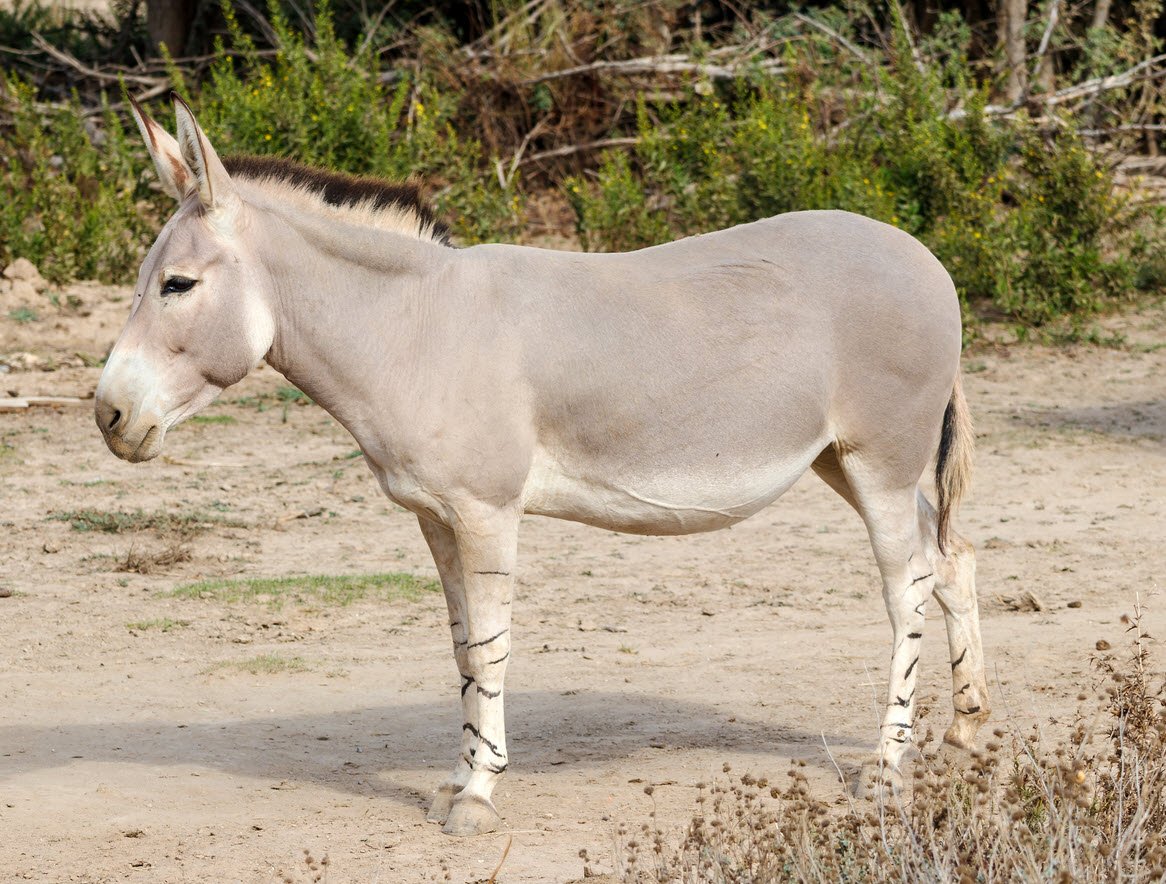
5. Ibex (Capra genus)
Ibexes are wild goats known for their distinctive backward-curving horns and nimble mountain-climbing abilities. They inhabit rugged terrains and are highly adapted to their environments.
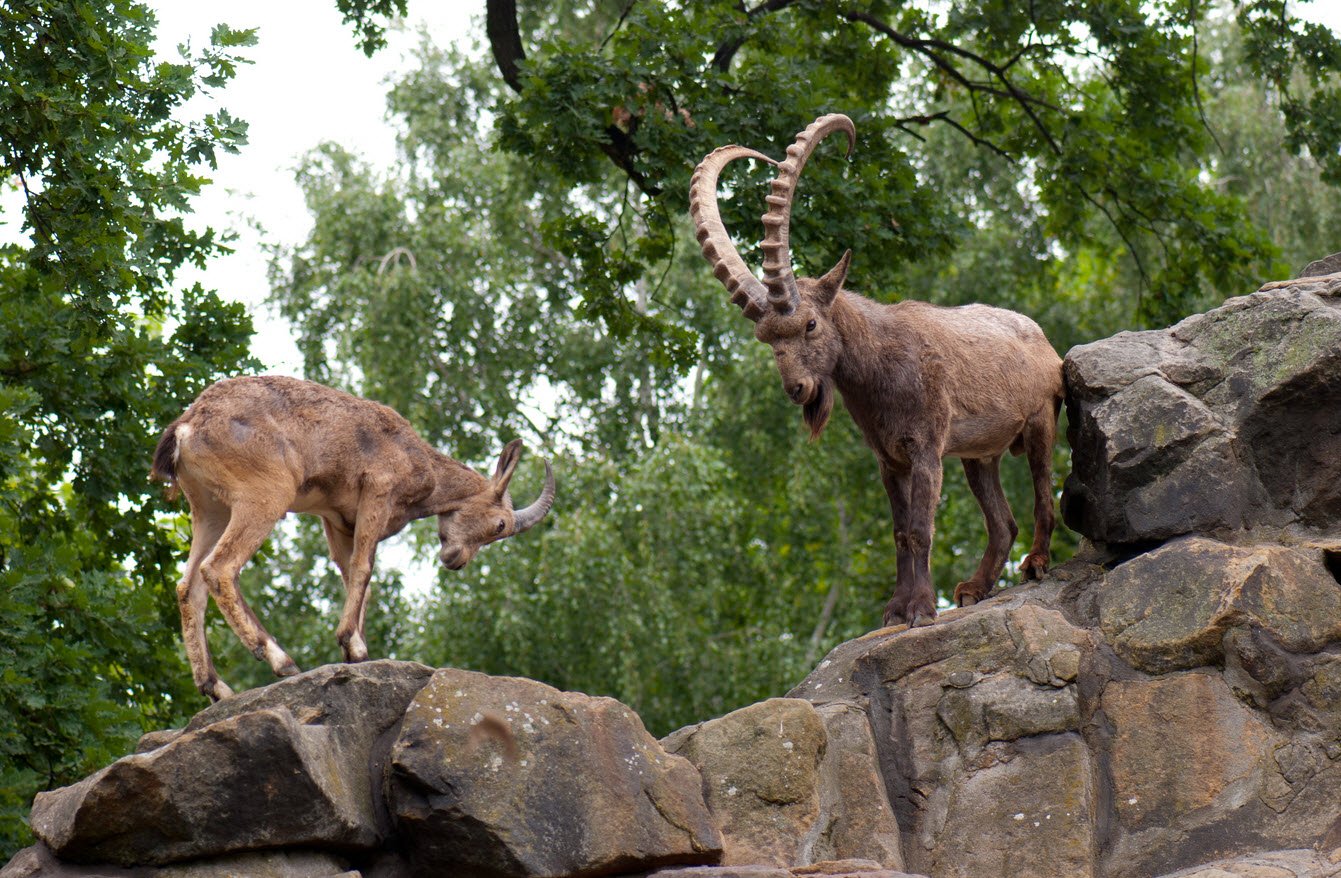
6. Orangutan (Pongo genus)
The Orangutan, one of our closest relatives, is a large and highly intelligent ape native to Southeast Asia. Sadly, habitat loss and poaching have made them critically endangered.
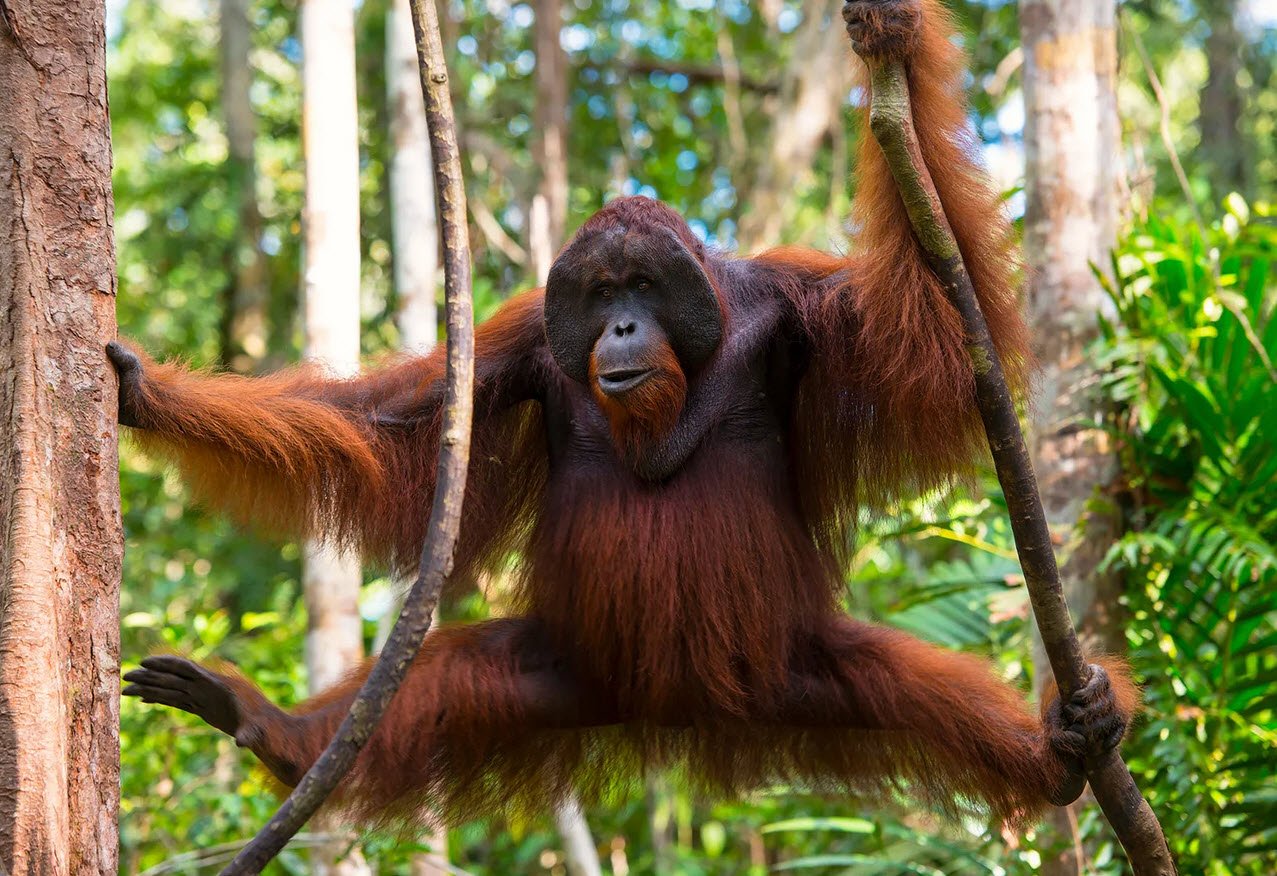
7. Kangaroo Rat (Dipodomys genus)
Kangaroo Rats, named for their hopping locomotion similar to kangaroos, are small rodents native to North America. Their excellent hearing and powerful hind legs aid in their survival.
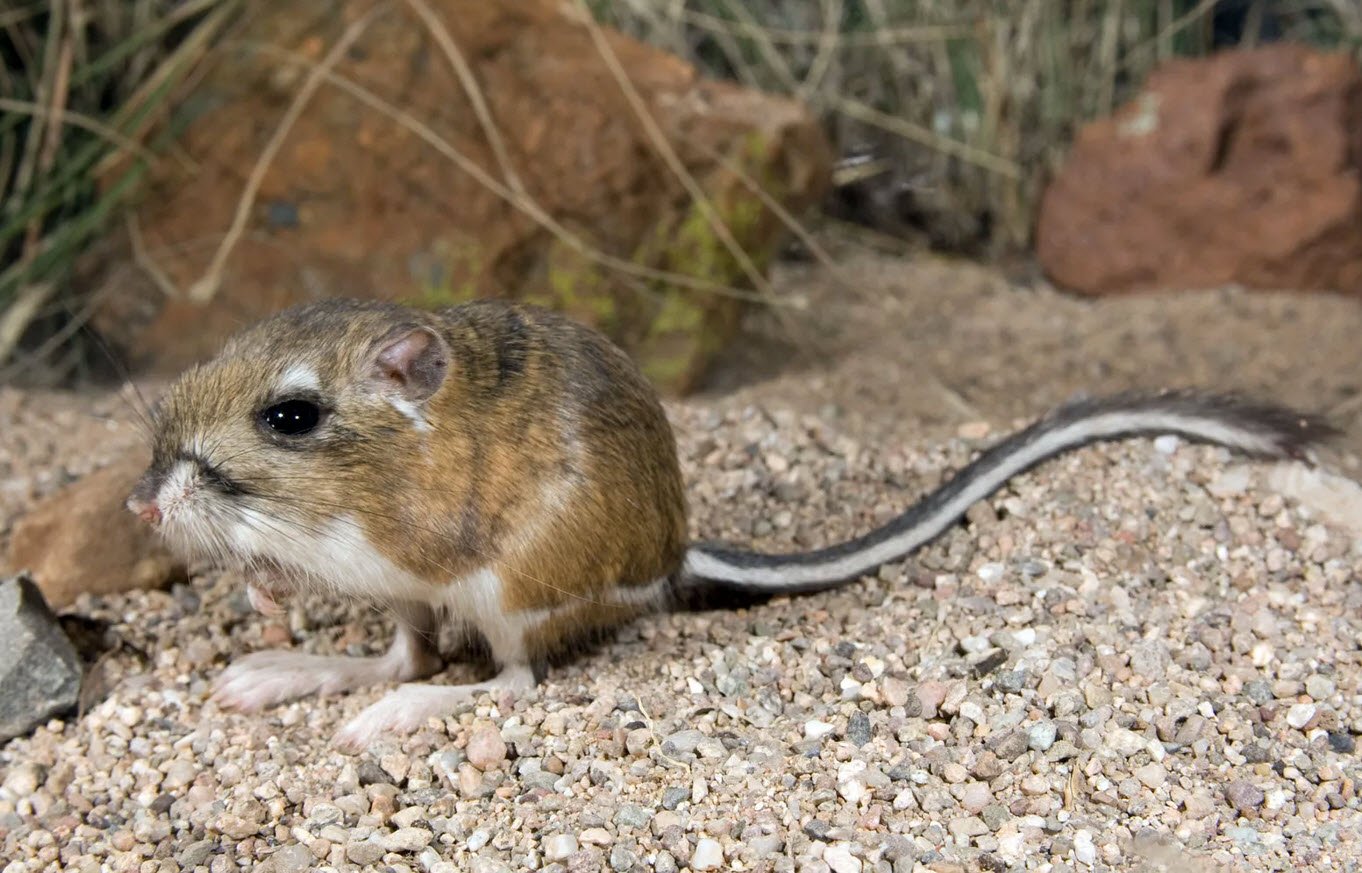
8. Quokka (Setonix brachyurus)
The Quokka, a small marsupial native to Australia, is known for its friendly and smiley appearance. They are primarily nocturnal herbivores and play a role in seed dispersal.
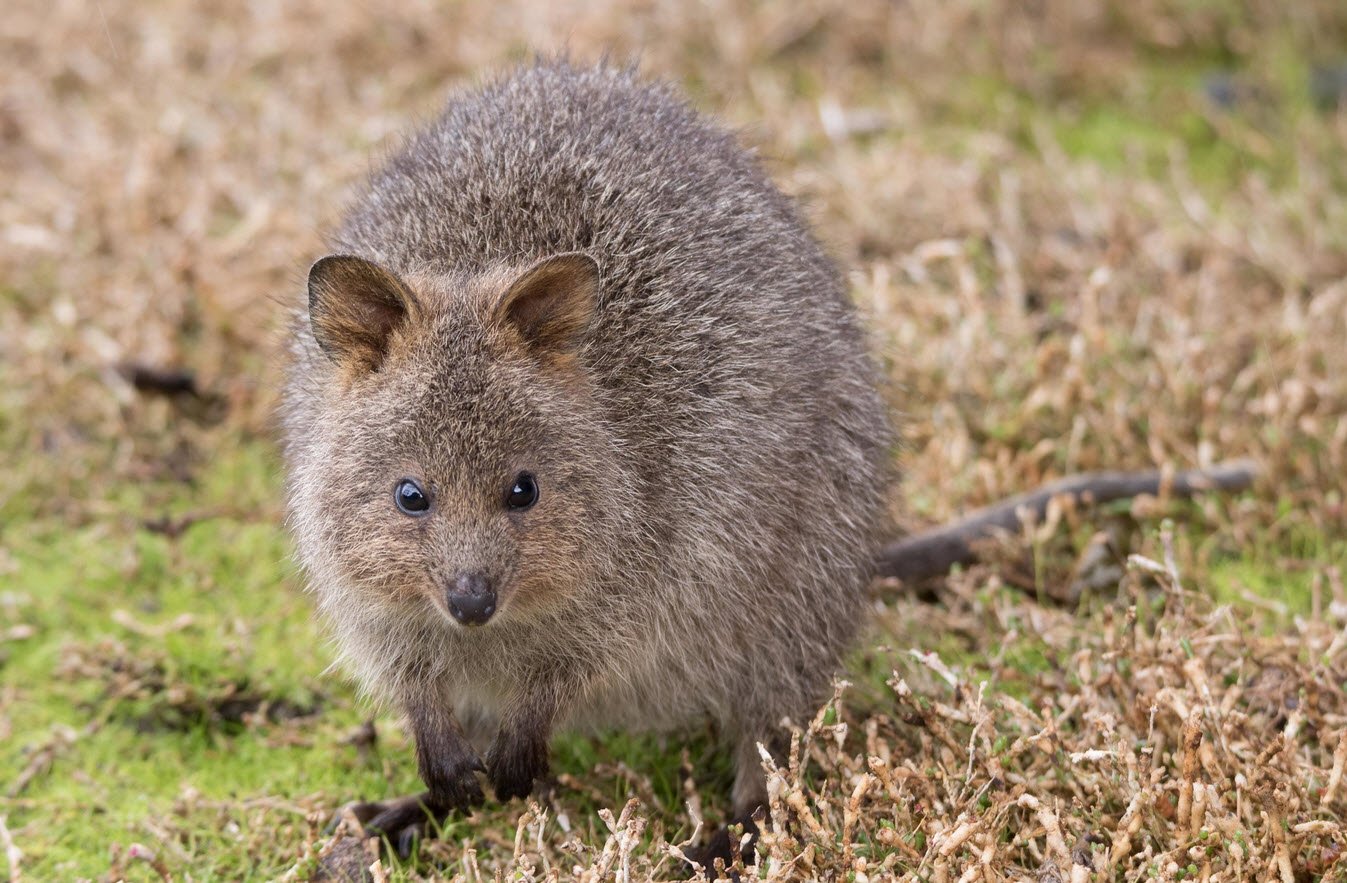
9. Wallaby (Macropodidae family)
Wallabies are small to medium-sized kangaroo-like marsupials native to Australia and nearby islands. They exhibit a diverse range of behaviors and adapt to various habitats.
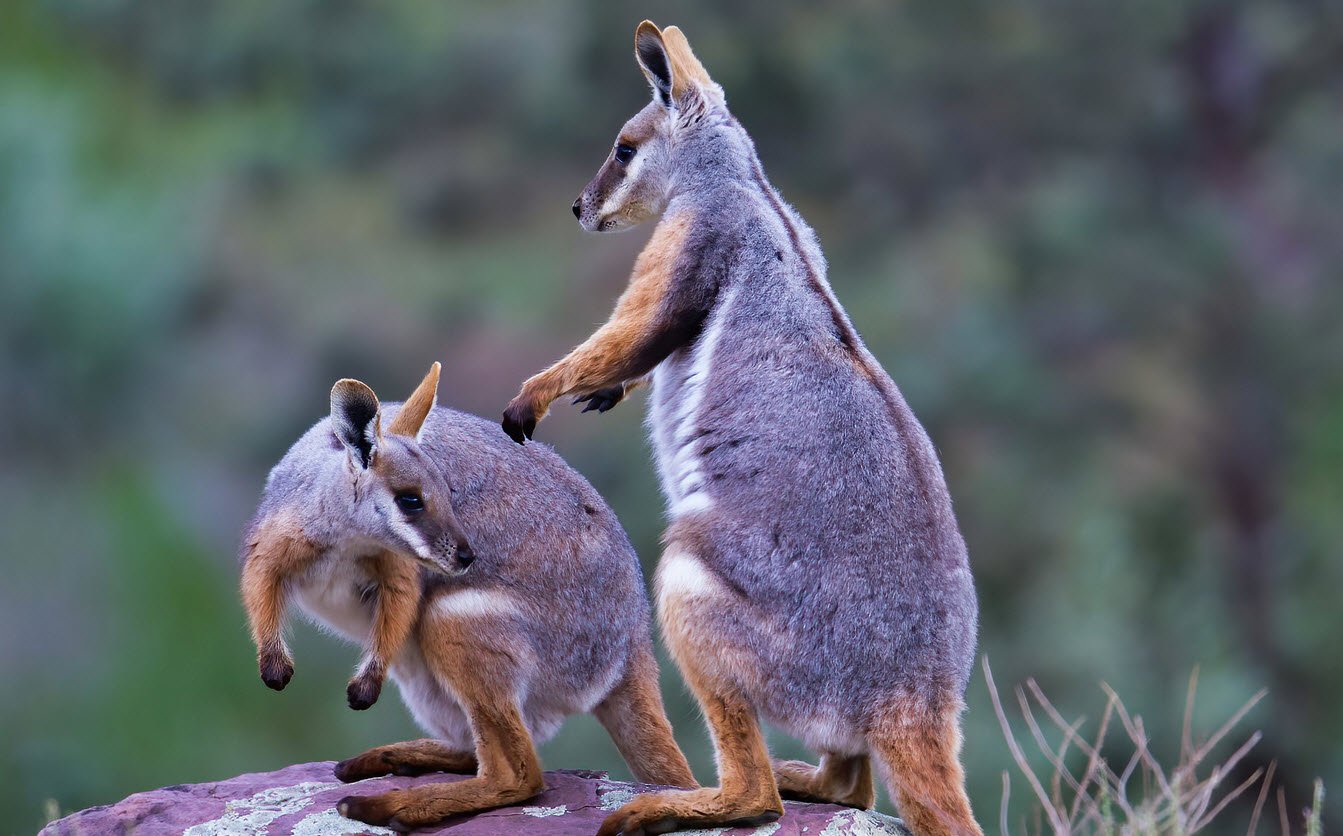
10. Armadillo (Dasypodidae family)
Armadillos are unique mammals known for their armored shell made of bony plates. Found mainly in the Americas, they have a distinct appearance and behavior.

11. Whale (Cetacea order)
Whales, the largest marine mammals, encompass various species such as the Blue Whale, the largest animal on Earth. They are vital for marine ecosystems and inspire awe with their colossal size.
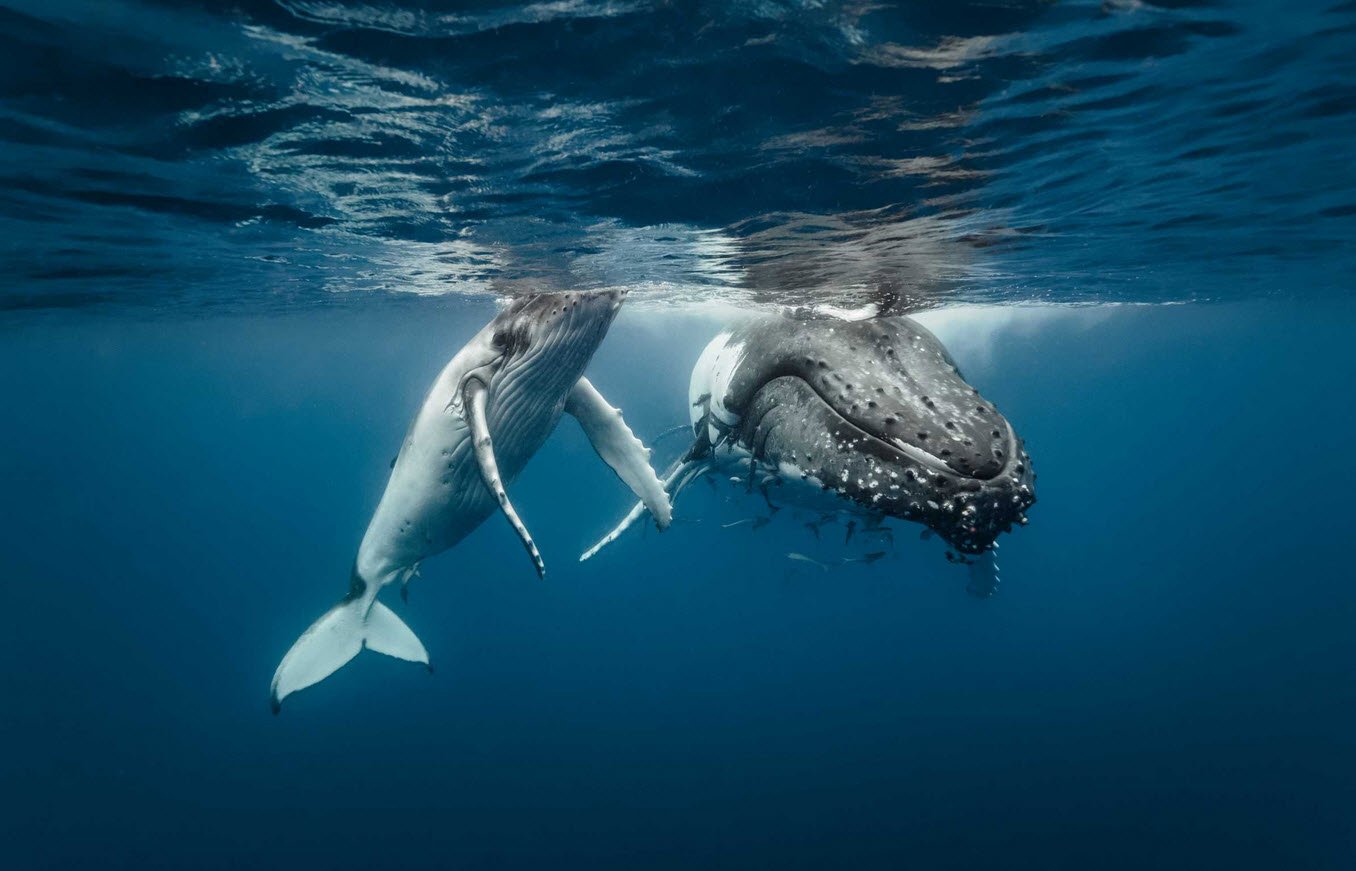
12. Binturong (Arctictis binturong)
Also known as the bearcat, the Binturong is a mammal native to Southeast Asia. They are recognized by their long, prehensile tail and distinctive scent.
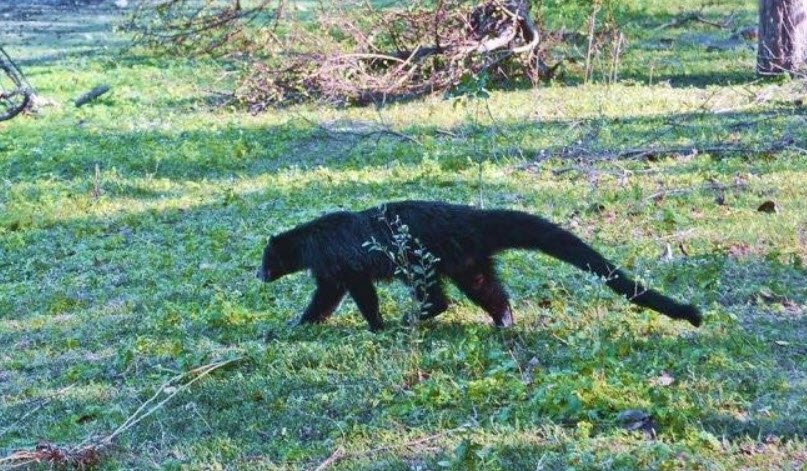
13. Dromedary (Camelus dromedarius)
The Dromedary, or one-humped camel, is well-adapted to arid regions. They are domesticated and serve as important animals for transportation and livelihood in many cultures.
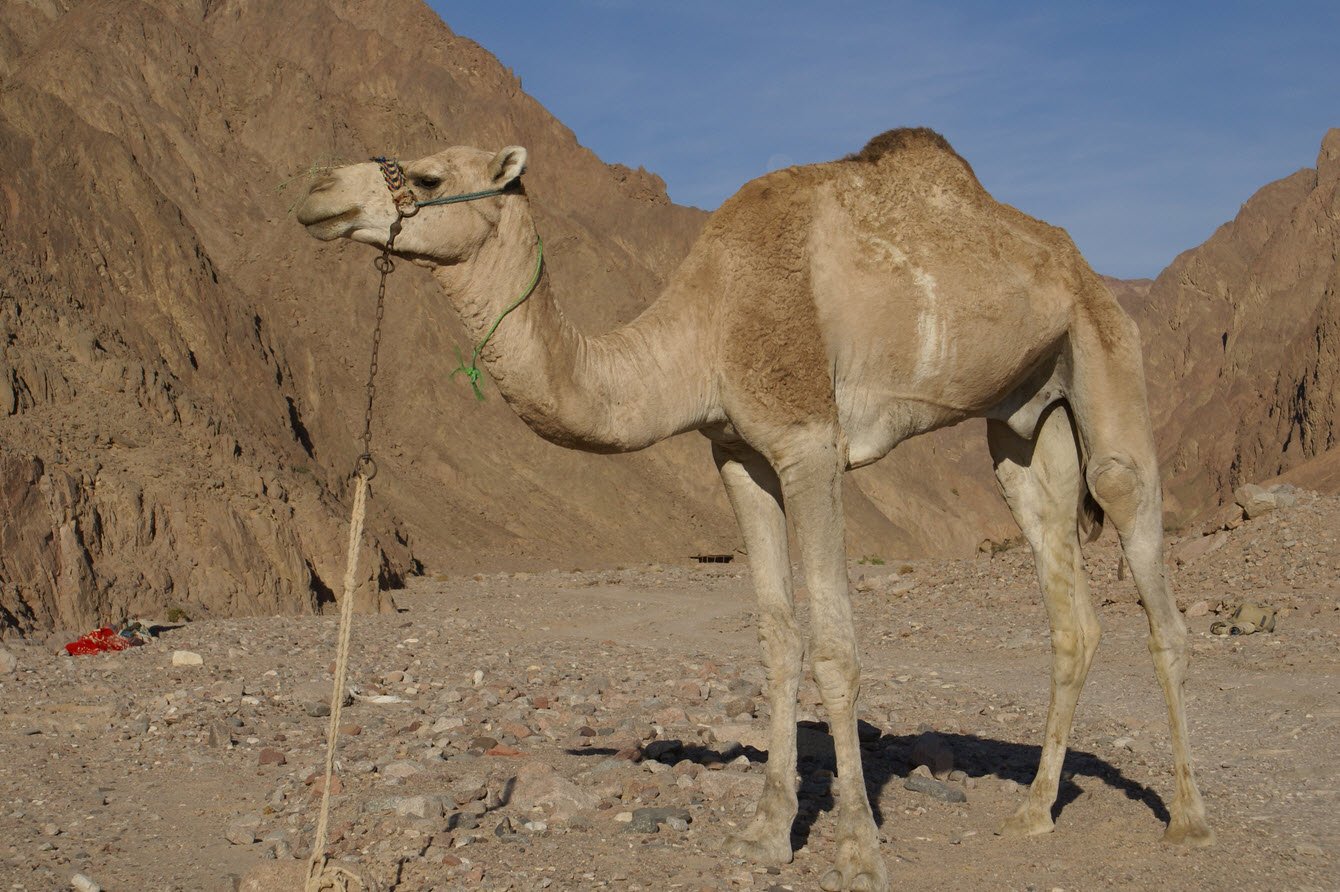
14. Spectacled Bear (Tremarctos ornatus)
The Spectacled Bear, native to South America, is the only bear species in the continent. They are characterized by their distinctive facial markings and are excellent climbers.
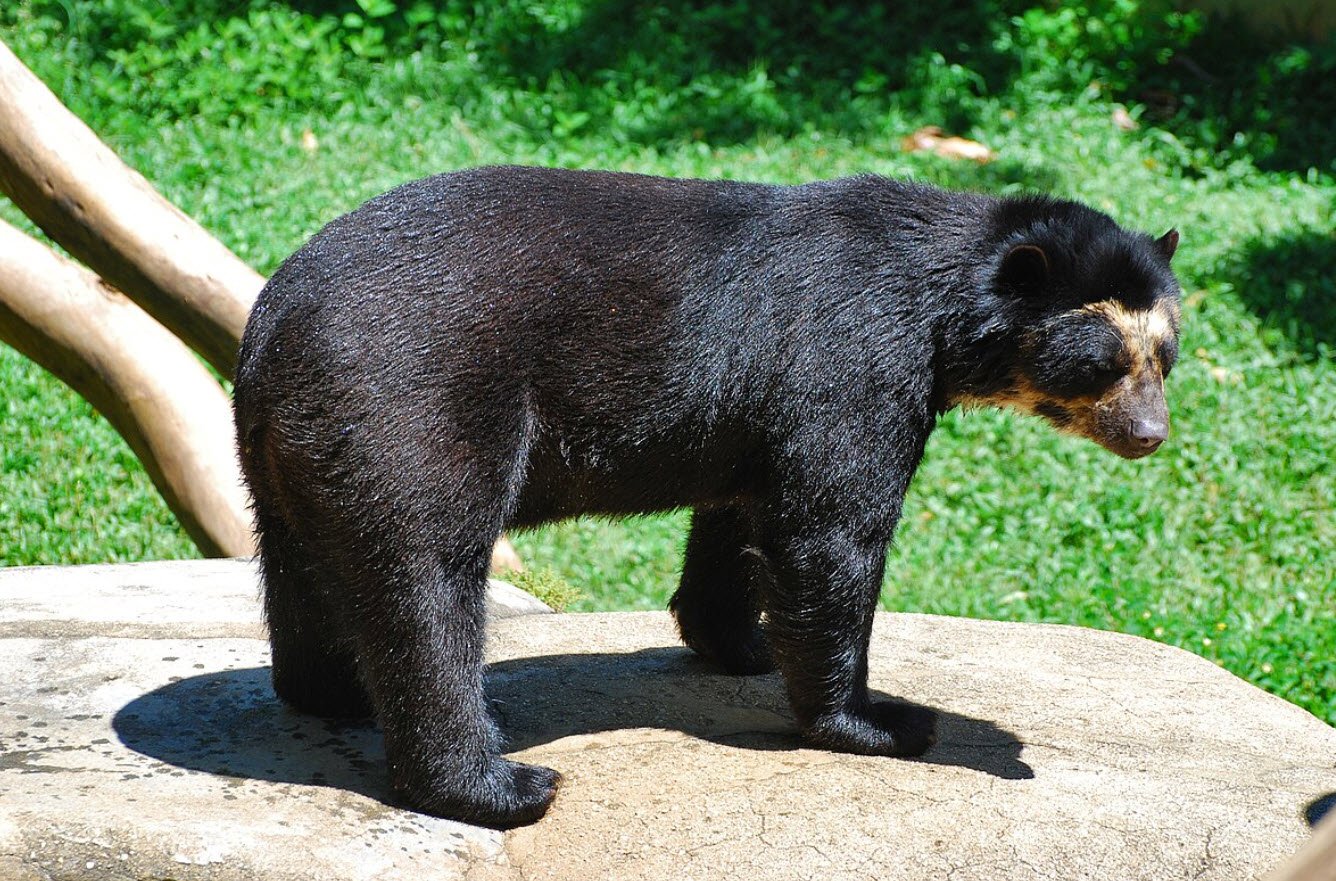
15. Orca (Orcinus orca)
The Orca, also known as the killer whale, is a highly intelligent marine mammal found in oceans around the world. They are top predators and have complex social structures.

16. Groundhog (Marmota monax)
Groundhogs, also known as woodchucks, are burrowing rodents found in North America. They are famous for their behavior of emerging from hibernation, predicting the weather on Groundhog Day.
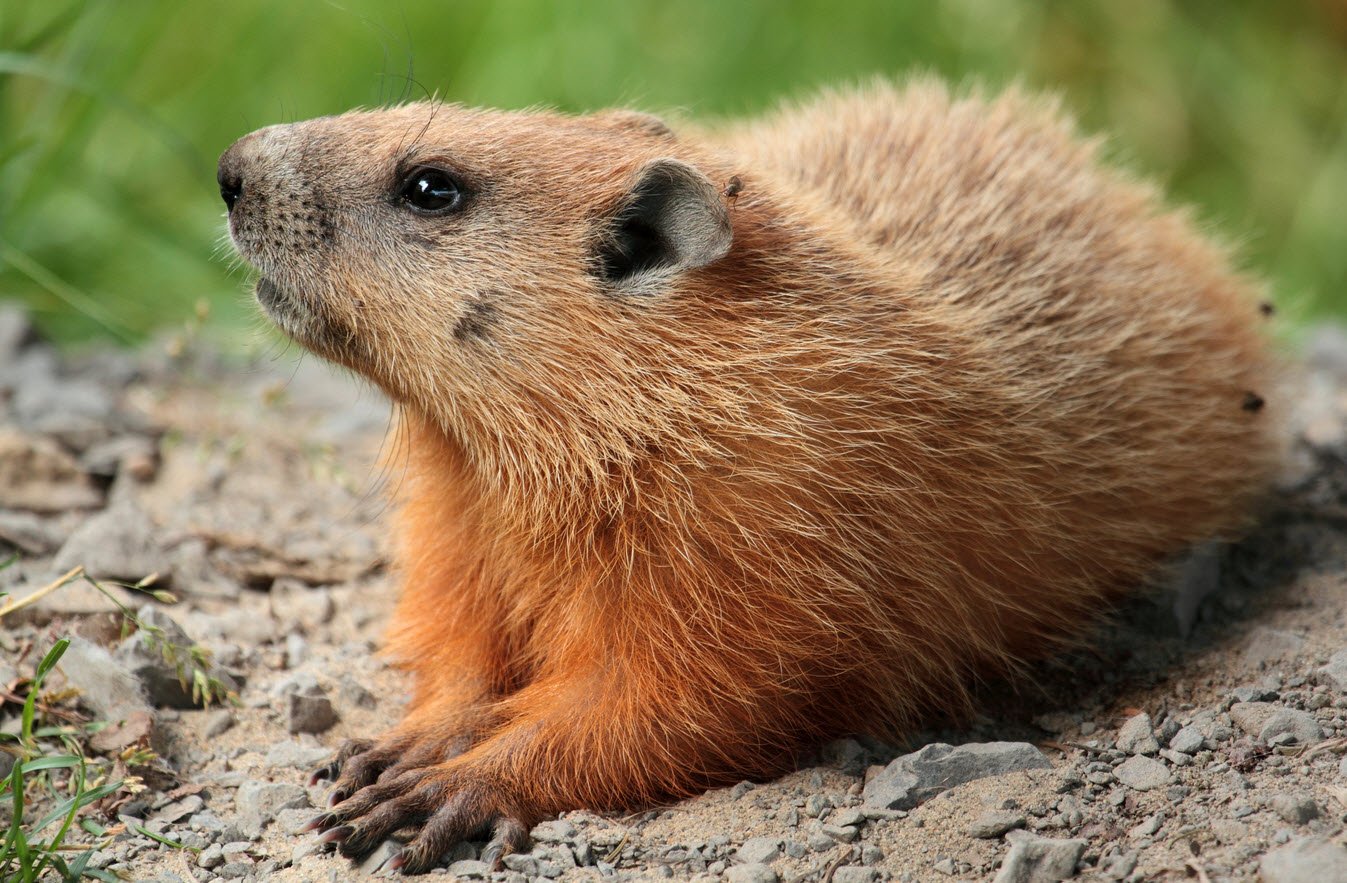
17. Bison (Bison bison)
The Bison, often called buffalo, is a large mammal native to North America. Their historical and cultural significance makes them an iconic symbol of the American West.

18. Warthog (Phacochoerus africanus)
Warthogs, with their distinctive facial warts and tusks, are wild members of the pig family found in sub-Saharan Africa. They are well-adapted to their grassland habitats.
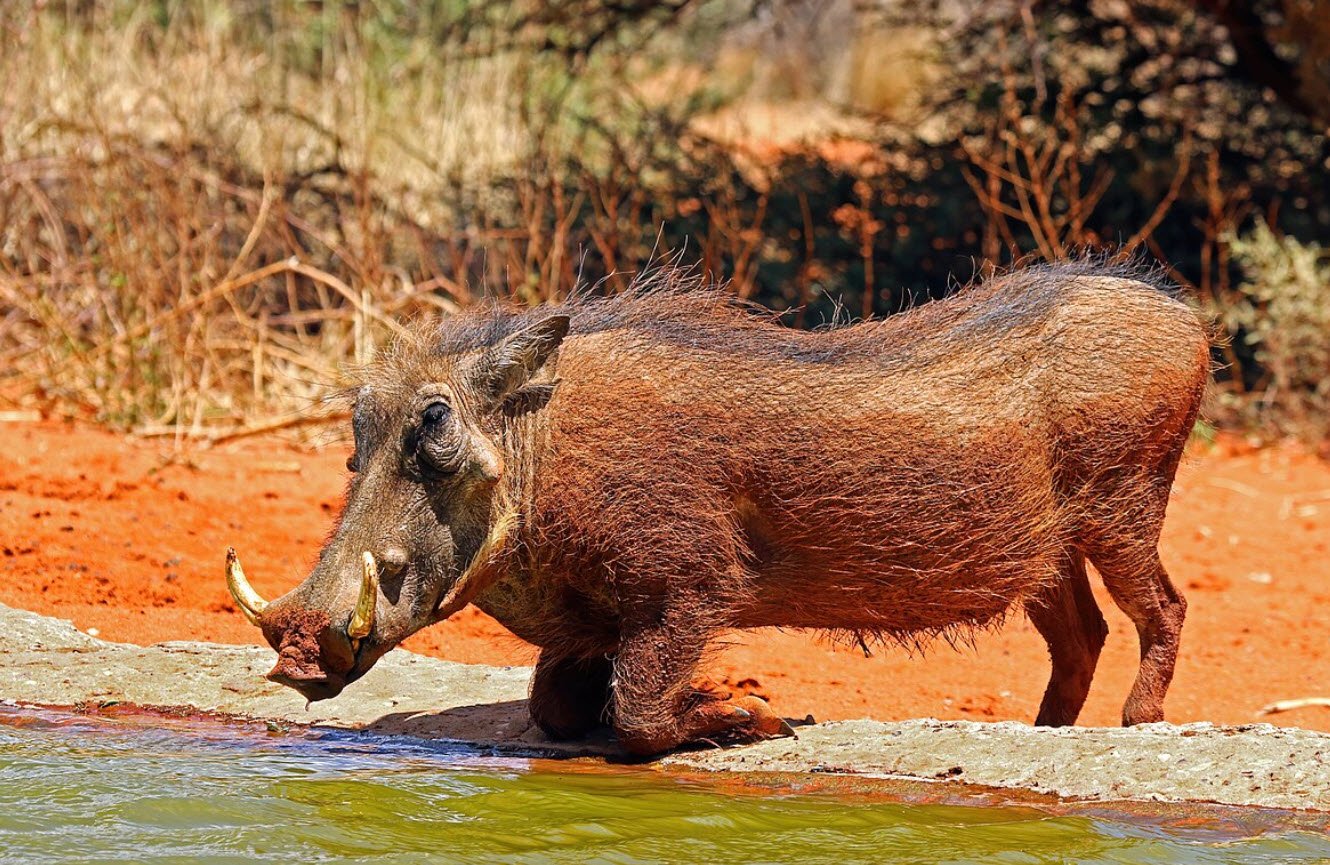
19. Chimpanzee (Pan troglodytes)
Chimpanzees, our closest living relatives along with bonobos, are highly intelligent and social primates native to Africa. They share a significant amount of DNA with humans.
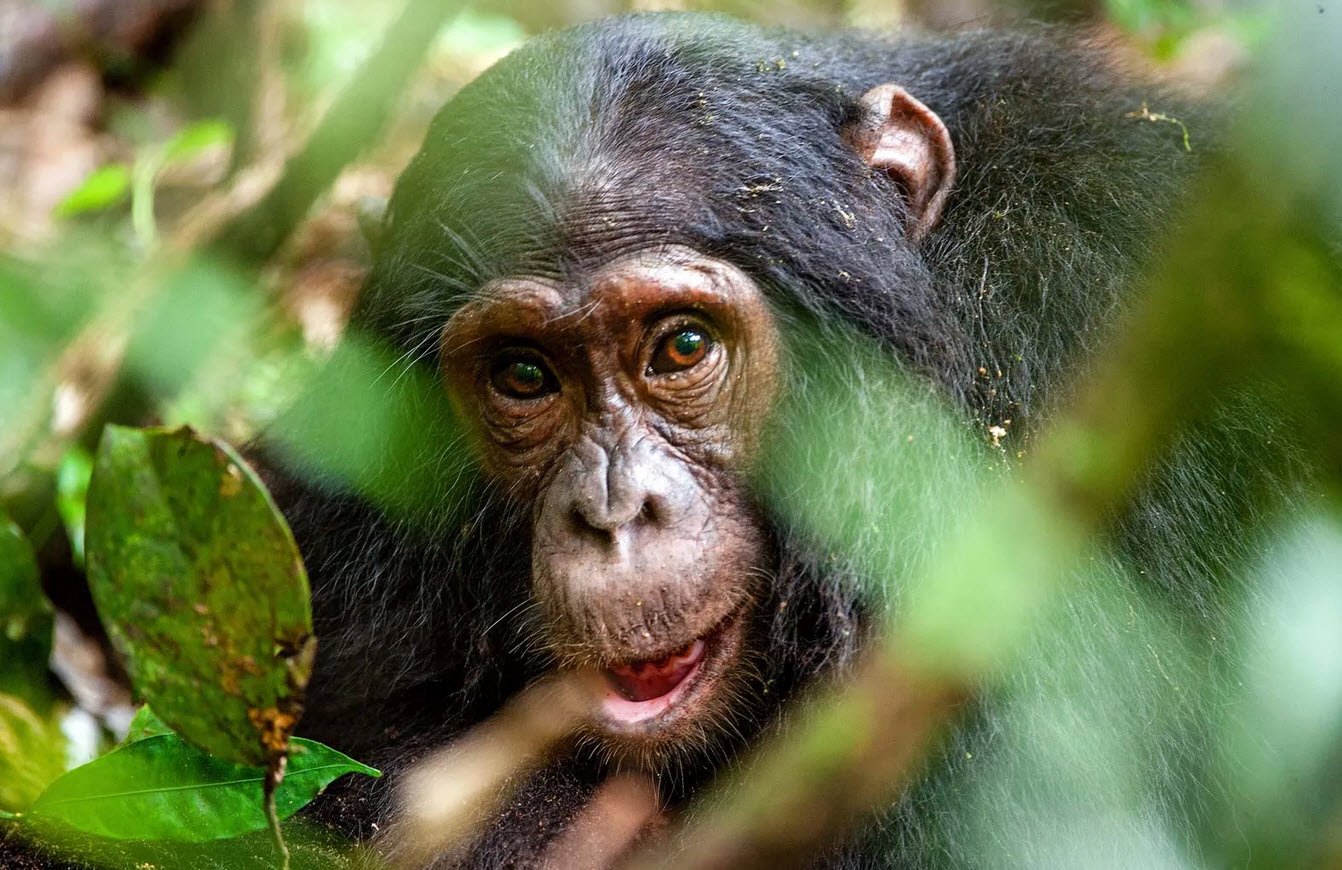
20. Dugong (Dugong dugon)
The Dugong, also known as the sea cow, is a large marine mammal found in the warm coastal waters of the Indian and Pacific Oceans. They are herbivores and vital for seagrass ecosystems.

21. Hyrax (Procaviidae family)
Hyraxes are small, herbivorous mammals resembling rodents or guinea pigs. They are native to Africa and the Middle East, and despite their appearance, they are closely related to elephants.

22. Meerkat (Suricata suricatta)
Meerkats are small, social mammals belonging to the mongoose family. They are known for their cooperative behavior and are excellent at standing guard to watch for predators.
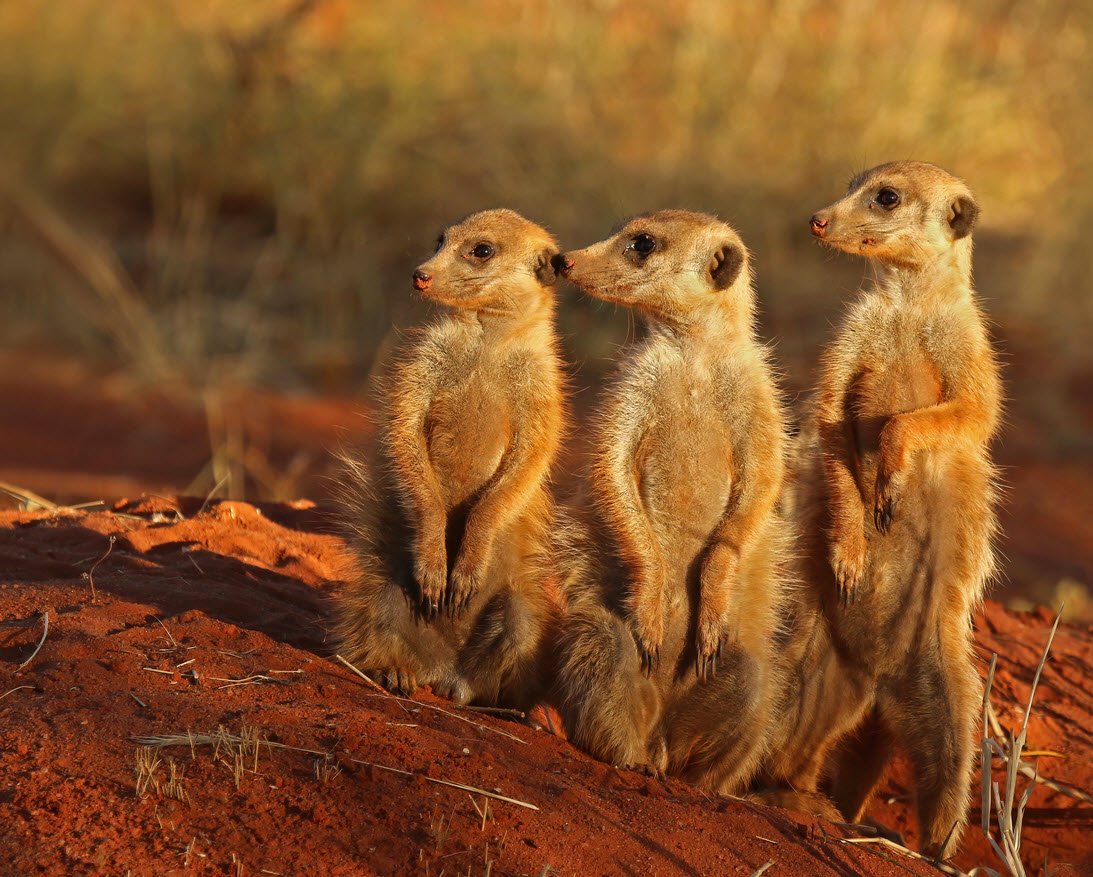
23. GNU (Wildebeest) (Connochaetes genus)
Wildebeest, also known as gnus, are large antelopes native to Africa. They are known for their annual migration in search of greener pastures.
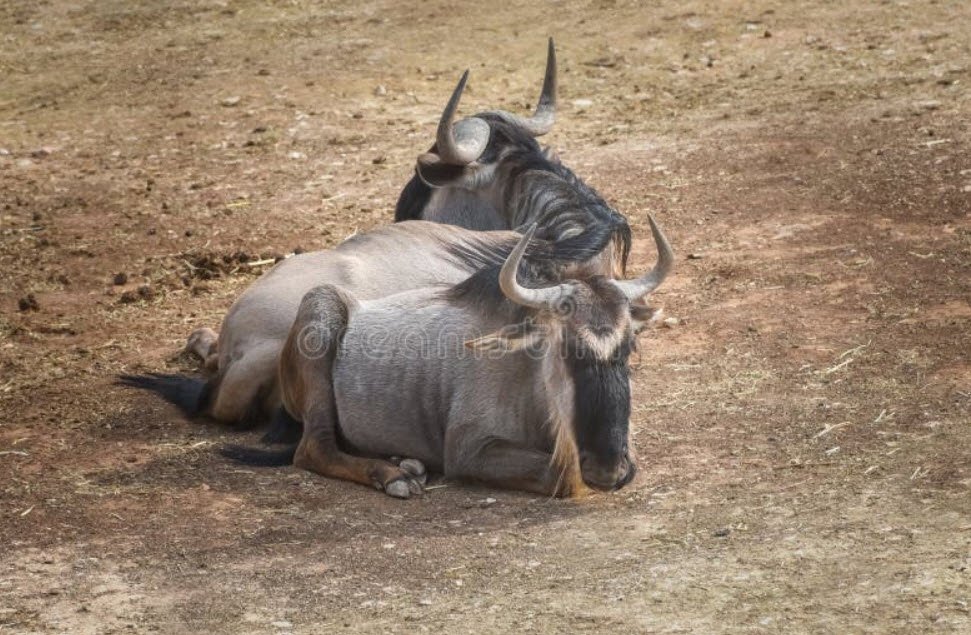
24. Manatee (Trichechus genus)
Manatees, also known as sea cows, are gentle marine mammals found in shallow, slow-moving rivers, estuaries, and coastal waters. They are herbivores and are vulnerable due to habitat loss and boat collisions.

25. Chinchilla (Chinchilla genus)
Chinchillas are small, soft-furred rodents native to the Andes mountains of South America. They are known for their luxurious fur, making them vulnerable to poaching.
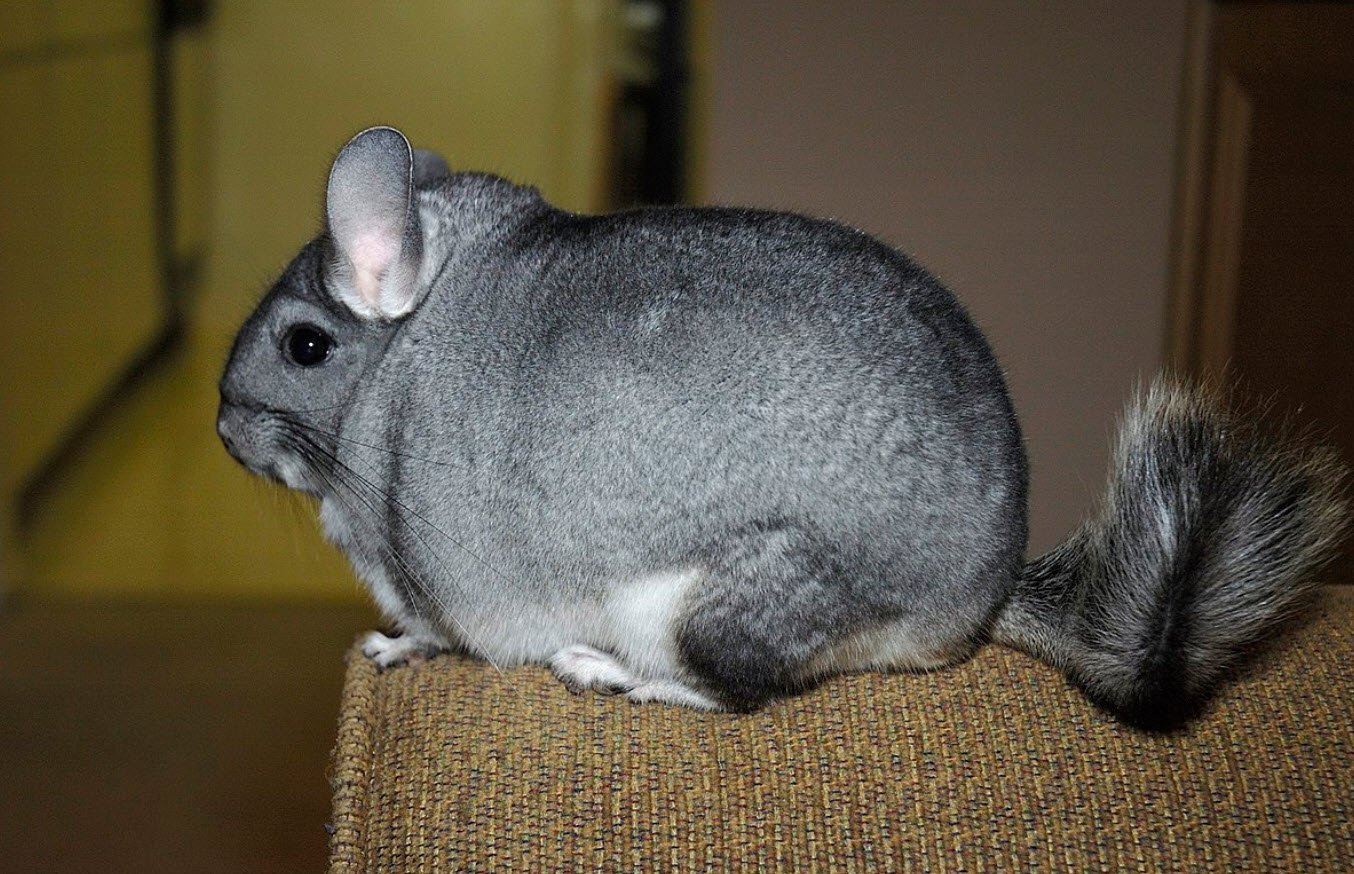
26. Goat (Capra genus)
Goats are domesticated mammals kept for various purposes, including meat, milk, and fiber. They are highly adaptable and have been an essential part of human civilization for thousands of years.

27. Guanaco (Lama guanicoe)
Guanacos are wild camelids found in South America, particularly in the Andes. They are closely related to llamas and alpacas and have adapted to diverse habitats.
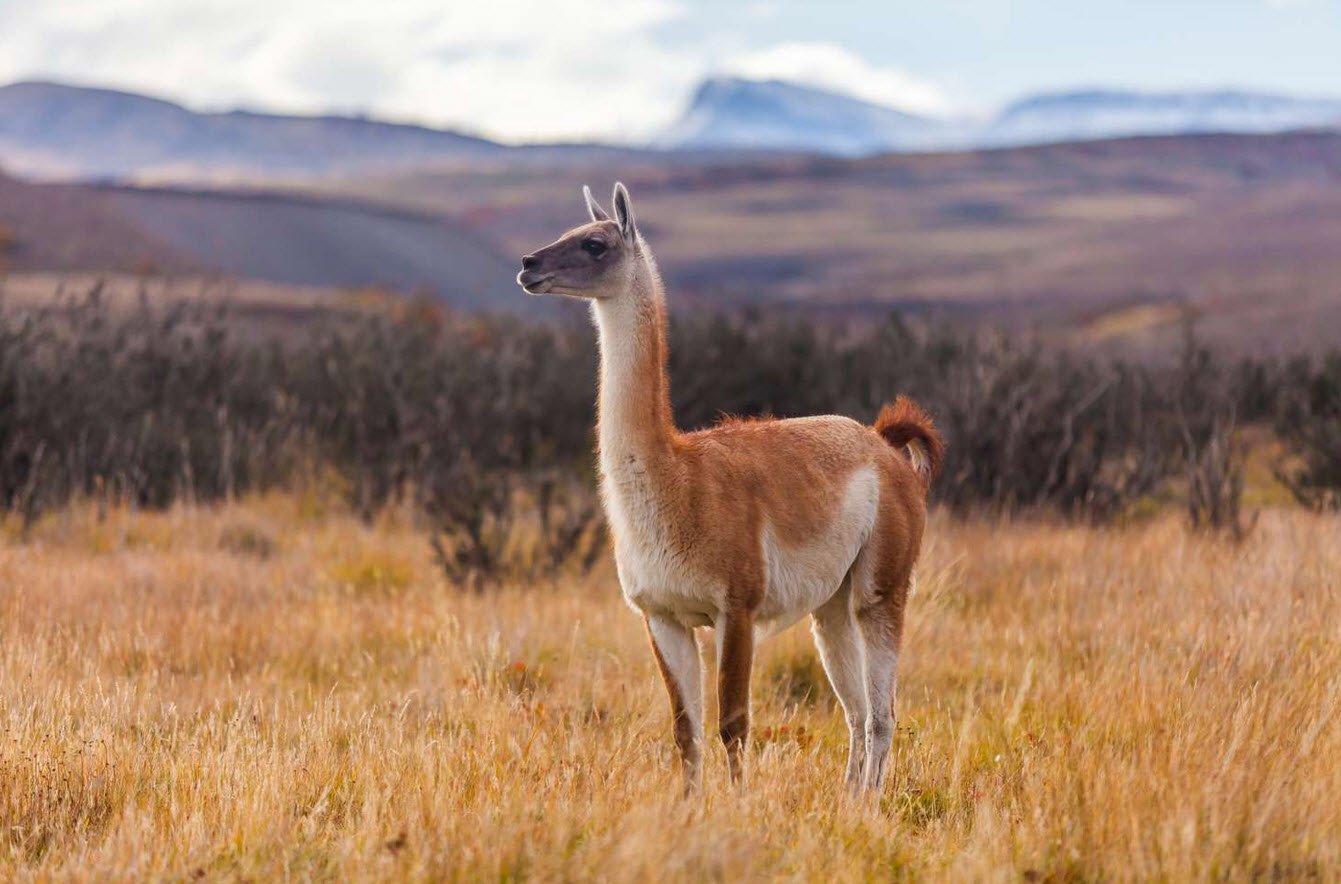
28. Mouse (Mus genus)
Mice are small rodents found worldwide, known for their rapid reproduction and adaptability. They play a crucial role in ecosystems and can serve as both pests and research subjects.
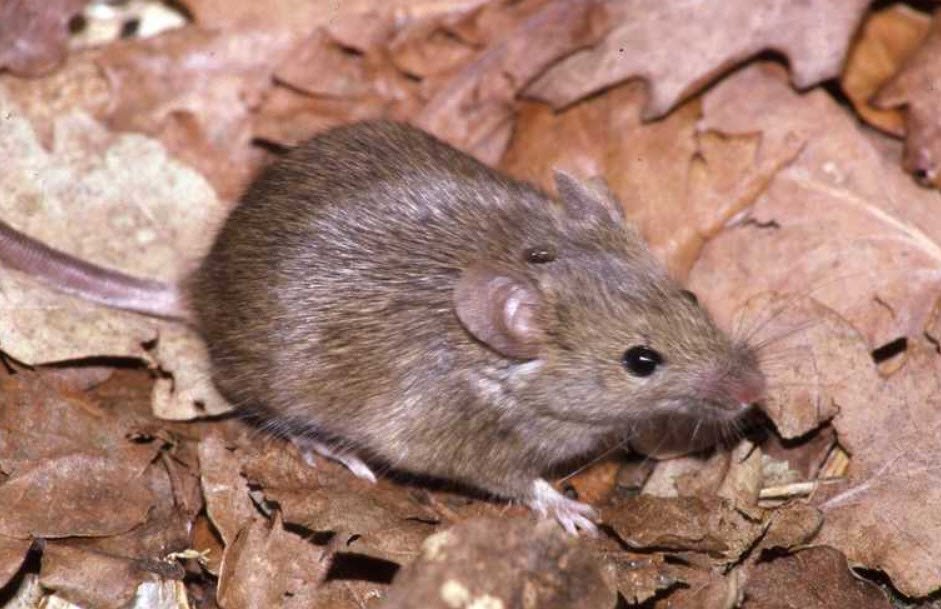
29. Tamandua (Tamandua genus)
Tamanduas, also known as lesser anteaters, are small anteaters found in Central and South America. They are recognized by their long snouts and prehensile tails.
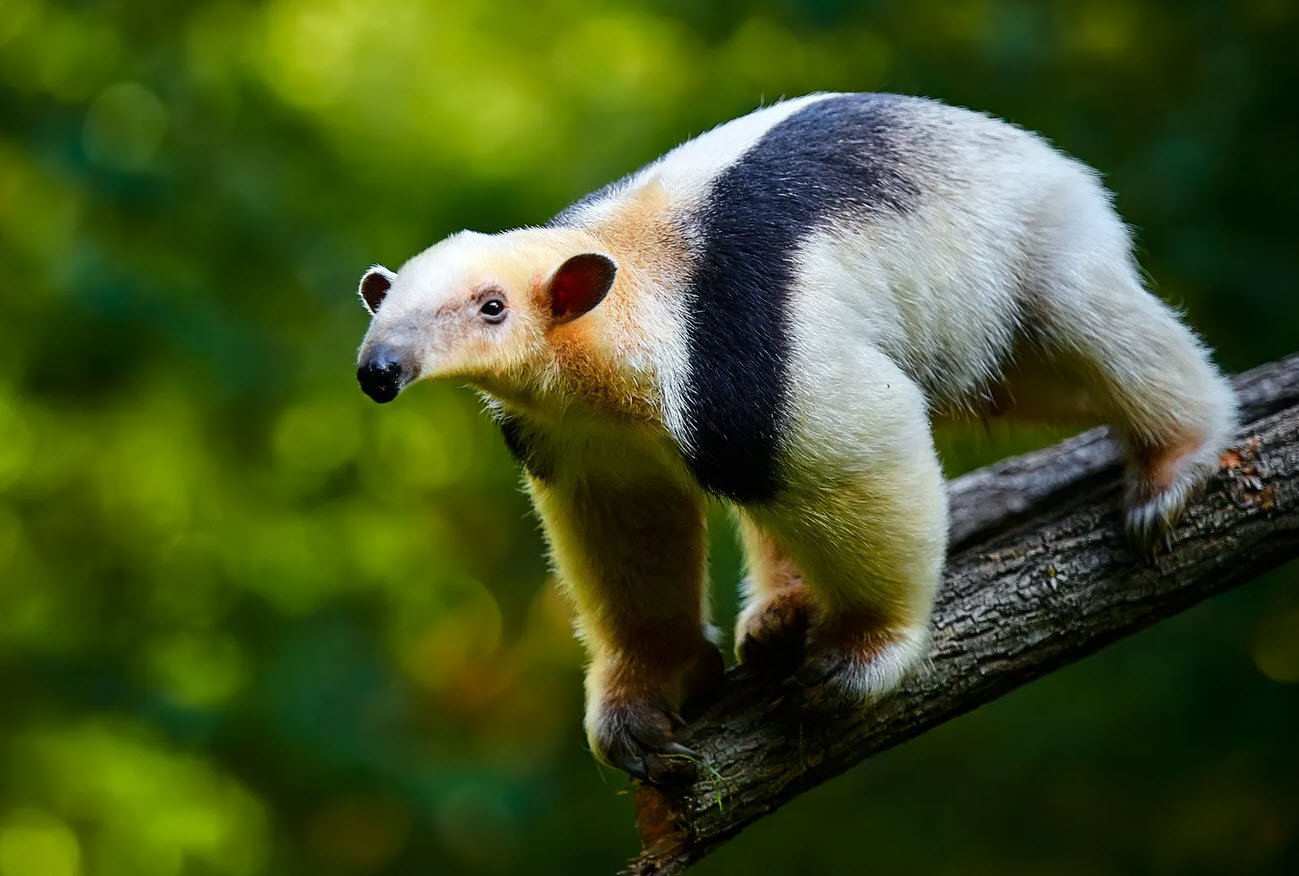
30. Mandrill (Mandrillus sphinx)
Mandrills are colorful primates native to the rainforests of equatorial Africa. They are the largest species of monkey and are known for their distinctive facial markings.


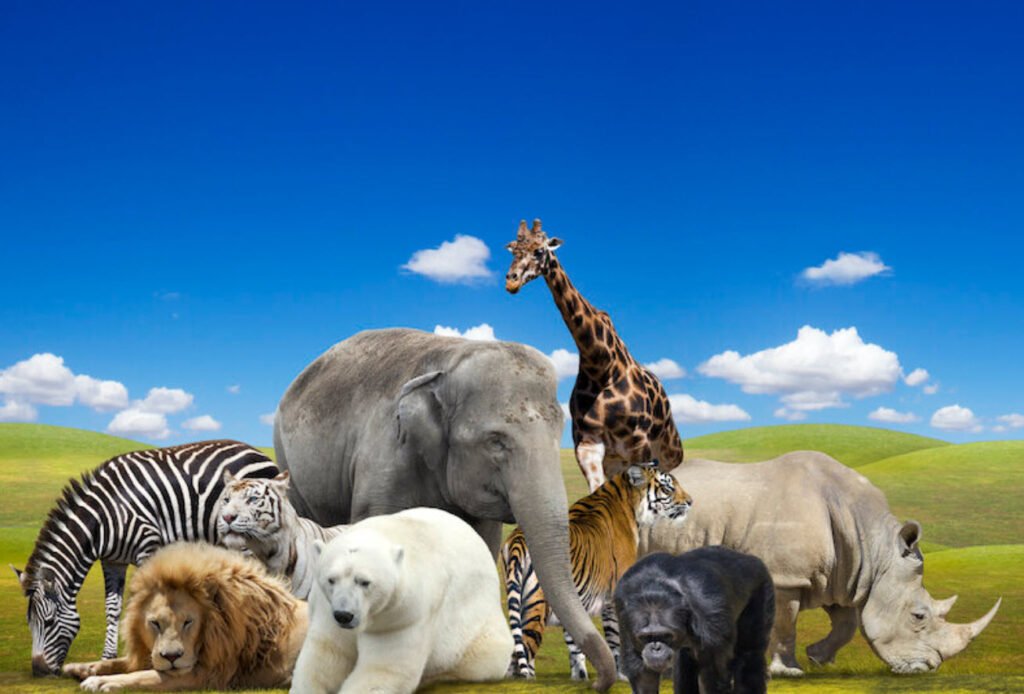

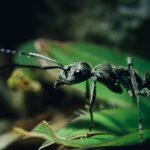
Pingback: Top 24 Hybrid Animals – Nature’s Fascinating Blends - Pets Hyme